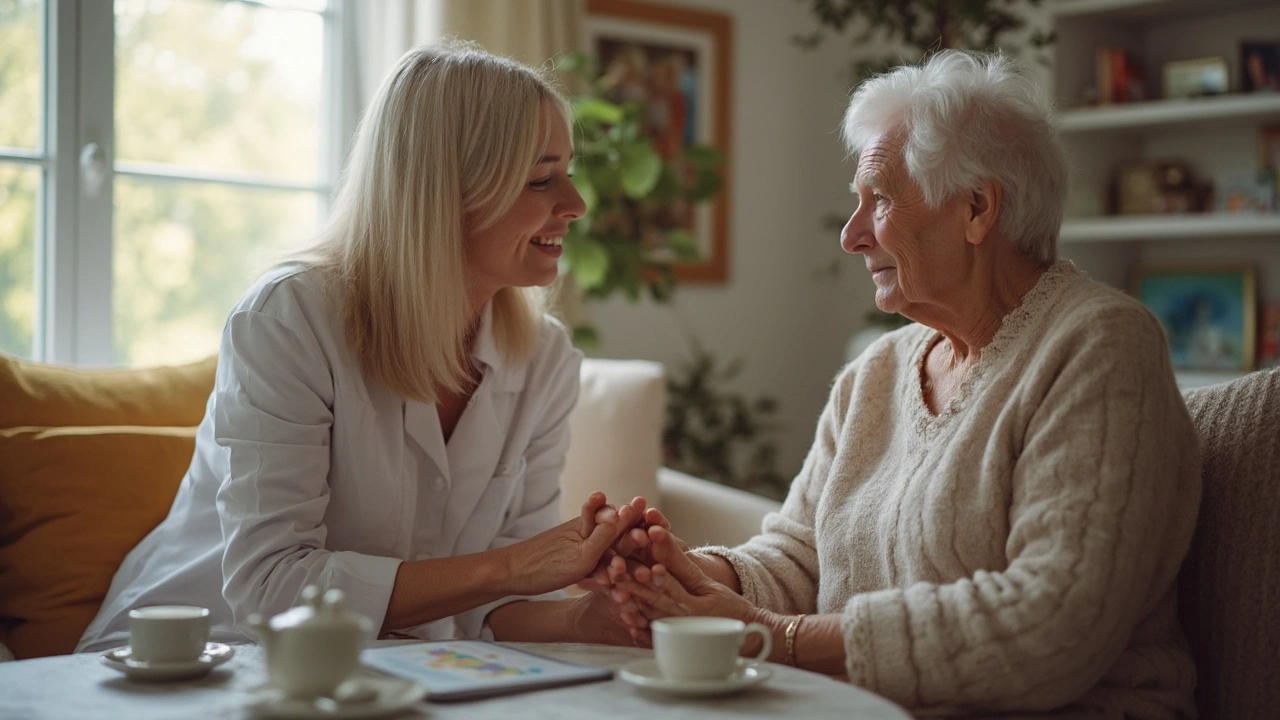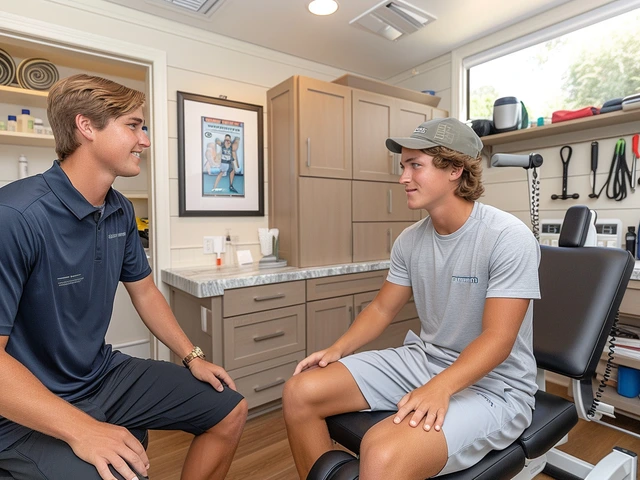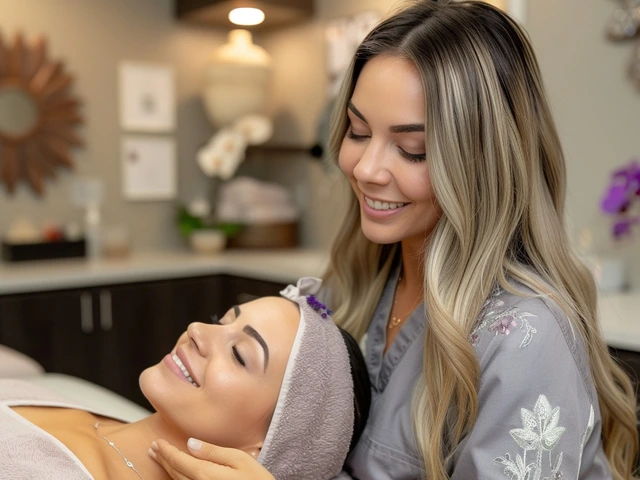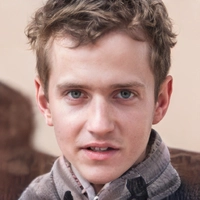People facing a serious or long-lasting illness often get trapped in a cycle of pain, stress, and feeling stuck. Palliative massage cuts through that cycle in a way that medication sometimes can’t. This isn’t your routine deep-tissue session at the spa—think of it more as gentle touch with a basic goal: making life a little more comfortable when you need it most.
The best thing about palliative massage? It considers your whole story—not just the aches and pains. For someone with cancer or a chronic condition, even the softest touch can mean less pain, better sleep, and a real sense of being cared for. There’s science behind it too: studies show people can leave a session with lower pain scores, less anxiety, and brighter moods. That’s powerful for anyone in the thick of a tough health journey.
If you’re thinking this might be something for you or someone you love, there’s no need to worry about fancy oils or confusing routines. The main thing is a trained pair of hands, a comfortable spot, and the idea that comfort should always come first. It’s practical. It’s about relief—right now, not someday down the road.
- What Sets Palliative Massage Apart
- Who Can Benefit Most
- How It Eases Pain and Stress
- What to Expect in a Session
- Tips for Getting the Best Results
What Sets Palliative Massage Apart
What really makes palliative massage different from your typical massage is its main focus: comfort, not fixing injuries or sore muscles. These sessions are designed for folks dealing with serious illnesses like cancer, heart failure, or advanced neurological conditions. The goal? Comfort, calm, and a better quality of life. Therapists use smoother, slower strokes that are easy on bodies that might be fragile or sensitive. Pressure is adjusted based on what a person can handle on that day, which might be barely more than a light touch.
This approach isn’t about deep kneading, cracking backs, or toughing it out. It's gentle and adaptable. The therapist always checks in about pain, tiredness, or fragile spots. Sometimes even just holding a hand or gentle foot rub can make a world of difference. For folks who can’t handle a full-body massage, therapists often focus on hands, feet, scalp, or shoulders.
Palliative massage is built on teamwork. Therapists talk with nurses, doctors, or family to make sure nothing makes symptoms worse. If someone’s using strong meds or medical devices like a port or catheter, all that’s taken into account. Comfort and safety always come first.
Here's a comparison that makes it obvious:
| Standard Massage | Palliative Massage |
|---|---|
| Often for muscle tension, fitness recovery, or relaxation. | Specifically targets pain, anxiety, and discomfort from illness. |
| Medium or deep pressure is common. | Light, gentle, and adapted to current needs. |
| Whole-body sessions usually expected. | Can focus on select areas, like hands or feet only. |
| Less collaboration with medical staff. | Highly coordinated with healthcare team. |
Most surprising: studies from places like Memorial Sloan Kettering Cancer Center show that up to 50% of cancer patients who receive palliative massage report less pain and anxiety almost right after a session. That’s not something you see with every wellness approach.
Who Can Benefit Most
Honestly, almost anyone dealing with long-term pain or a tough diagnosis can benefit from palliative massage. But if we want to get specific, people with chronic conditions like cancer, advanced heart failure, or serious lung disease often find these sessions life-changing. It’s also a strong option for folks with neurological illnesses, including ALS, Parkinson’s, or late-stage multiple sclerosis. Even those in hospice or end-of-life care report less pain and anxiety after a gentle massage focused on comfort rather than deep pressure.
What might surprise you is how helpful palliative massage can be for older adults in nursing homes, or anyone feeling isolated because of illness. I’ve seen people in wheelchairs or hooked up to medical devices light up after a session—just from that focused, physical attention. There’s no age limit. And you definitely don’t need to be close to the end of life to see real benefits.
This kind of care isn’t just about bodies; it’s for the families too. Caregivers often notice their loved one feels less agitated or restless right afterward. If you’re someone who struggles with stress or trouble sleeping alongside your illness, the light touch of palliative massage can help you unwind fast.
| Who Typically Benefits | Reported Benefits |
|---|---|
| Cancer patients | Pain relief, less nausea, better mood |
| People in hospice care | Lower anxiety, peace of mind, more relaxation |
| Chronic pain patients | Reduced pain, improved sleep, less stress |
| Older adults | Fewer aches, more comfort, less loneliness |
If you’re not sure whether palliative massage is right for your situation, ask your nurse or doctor—most health professionals now recognize how much of a difference it can make for quality of life.
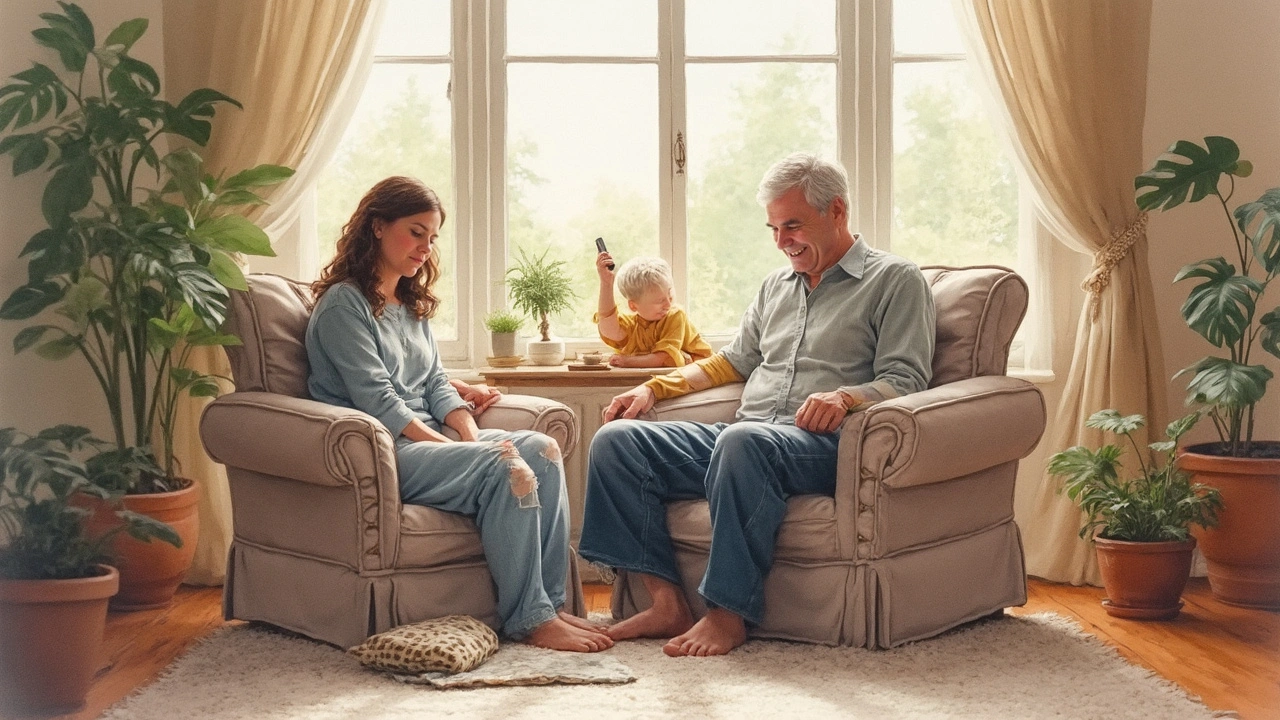
How It Eases Pain and Stress
When people hear "palliative massage," a lot of them think it's just rubbing sore muscles. That's only part of the story. The real goal is to ease pain and stress, especially when someone is dealing with a tough illness or trying to feel more comfortable at life’s hardest moments.
Here’s how it works: gentle touch triggers the body to calm down. Pressure sensors in your skin send signals up to your brain that say, “Hey, you can relax now.” You might have heard of endorphins—they’re your body’s natural painkillers. A good massage can boost these, turning the "pain volume" way down for a while.
It’s not just physical. Palliative massage also helps dial back the fight-or-flight response. When you’re sick or hurting, your whole system is on edge. With regular sessions, people often notice better sleep, a drop in anxiety, and an easier time coping with tough emotions. It’s one of the only pain relief options that can help the mind and body at the same time.
Let’s talk about real numbers. One study in 2021 looked at cancer patients who tried palliative massage. After just one session, their pain scores dropped an average of 30%, and their reported stress was cut nearly in half. That’s not a small change.
| Benefit | Average Improvement |
|---|---|
| Pain Level | 30% decrease |
| Stress/Anxiety | 50% decrease |
| Sleep Quality | 25% improvement |
The coolest part? Pain relief from massage often comes without the grogginess, stomach issues, or addiction risks tied to many pain meds. For folks who can’t—or don’t want to—take more medications, this hands-on approach offers real hope and comfort.
What to Expect in a Session
Walking into a palliative massage session, the first thing you’ll notice is how laid-back things feel compared to most other types of therapy. There’s no pressure to undress or get up on a table if that’s not comfortable. Most sessions happen right where the person is already resting—like a hospital bed, favorite armchair, or even at home.
The therapist will usually start by asking about any pain, worries, or areas to avoid. Don’t expect a big questionnaire—just a simple chat to make sure they understand your needs that day. It’s common for the therapist to check in with both you and, if needed, your caregiver. This kind of care isn’t one-size-fits-all: every session is shaped around how you feel, how your body is doing, and what you want out of it.
During the actual session, the touch is usually gentle. Therapists might work on hands, feet, back, or shoulders, depending on comfort. Oils or lotions can be used if skin is dry or sensitive, but only if you’re okay with it. If joint pain is an issue, you can ask for pillow props for extra support. The goal is simple: less pain, less stress—no extra hassle.
- Sessions often last from 20 to 45 minutes, depending on fatigue or health.
- It’s totally fine to talk, nap, or even ask to stop at any time.
- Side effects are rare—most people just feel calmer, sometimes a bit sleepy after.
Therapists trained in palliative massage are tuned in to signs of discomfort others might miss. If you feel a twinge or want them to slow down, just speak up—they’ll adjust right away. The room is usually kept quiet, lights down low, and interruptions kept to a minimum. This isn’t about a full-body makeover. It’s targeted relief where life hurts most.
| What You Can Expect | Why It Matters |
|---|---|
| No need to get undressed | Comfort and safety come first |
| Short, focused sessions | Works with your energy level |
| Personalized to pain or mood | Makes a bigger impact on relief |
The biggest takeaway? Every session puts you in charge. You call the shots—where, when, and for how long. That alone can make a world of difference when life feels out of your control.

Tips for Getting the Best Results
Getting the most out of palliative massage is simpler than you might think. A few small choices can make a big difference.
- Speak up about what hurts. Don’t hold back if something feels off or a certain spot gets too sensitive. Honest feedback makes each session safer and more comfortable.
- Go to someone trained in palliative care. Not every massage therapist is the same. Ask directly if they’ve worked with people dealing with serious illness or chronic pain. The right training matters for safety and results.
- Schedule when you feel best. Many people with health issues have times of day when their energy is higher or pain is less intense. Try booking sessions at those times for more comfort and better outcomes.
- Keep things simple. This is not the time for hot stones or fancy add-ons. Stick to gentle pressure and basic movements—what matters is comfort, not bells and whistles.
- Create a relaxing spot. Sometimes home is best, especially if getting out is tough. A quiet room, soft light, and something as basic as your favorite blanket can help set the right tone.
Here’s something you might not know: A review from the American Journal of Hospice and Palliative Medicine looked at dozens of studies and found that people getting palliative massage reported a 25-45% drop in pain and anxiety compared to usual care alone.
| Tip | Impact |
|---|---|
| Clear Communication | Better safety and comfort |
| Using a Specialist | Improved results and lower risks |
| Simplified Setting | Lower stress, easier sessions |
If something feels wrong during a massage, say something right away. Safety always comes first. And after each session, jot down what helped and what didn’t. That feedback helps make every next session better.

